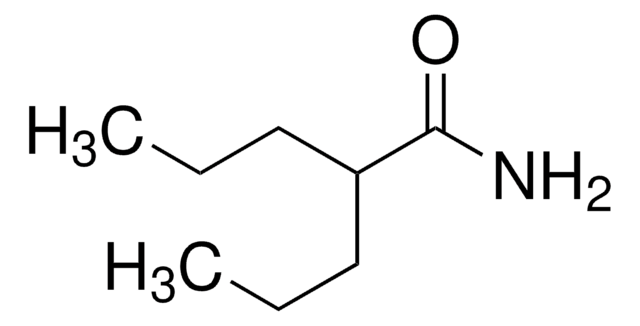Z0152
Zinc chloride
BioReagent, for molecular biology, suitable for cell culture, suitable for insect cell culture
Sinonimo/i:
Dichlorozinc
About This Item
Prodotti consigliati
Grado
for molecular biology
Livello qualitativo
Tensione di vapore
1 mmHg ( 428 °C)
Nome Commerciale
BioReagent
tecniche
cell culture | insect: suitable
cell culture | mammalian: suitable
Punto di fusione
293 °C (lit.)
Solubilità
H2O: may be turbid 20 g/200 ML + 6 mL 1M HCL, clear to slightly hazy, colorless to faint yellow or tan
Attività estranea
DNAse, none detected
Endonuclease, none detected
Exonuclease, none detected
NICKase, none detected
Protease, none detected
Stringa SMILE
[Cl-].[Cl-].[Zn++]
InChI
1S/2ClH.Zn/h2*1H;/q;;+2/p-2
JIAARYAFYJHUJI-UHFFFAOYSA-L
Cerchi prodotti simili? Visita Guida al confronto tra prodotti
Avvertenze
Danger
Indicazioni di pericolo
Consigli di prudenza
Classi di pericolo
Acute Tox. 4 Oral - Aquatic Acute 1 - Aquatic Chronic 1 - Eye Dam. 1 - Skin Corr. 1B - STOT SE 3
Organi bersaglio
Respiratory system
Codice della classe di stoccaggio
8B - Non-combustible corrosive hazardous materials
Classe di pericolosità dell'acqua (WGK)
WGK 3
Punto d’infiammabilità (°F)
Not applicable
Punto d’infiammabilità (°C)
Not applicable
Dispositivi di protezione individuale
Eyeshields, Faceshields, Gloves, type P3 (EN 143) respirator cartridges
Certificati d'analisi (COA)
Cerca il Certificati d'analisi (COA) digitando il numero di lotto/batch corrispondente. I numeri di lotto o di batch sono stampati sull'etichetta dei prodotti dopo la parola ‘Lotto’ o ‘Batch’.
Possiedi già questo prodotto?
I documenti relativi ai prodotti acquistati recentemente sono disponibili nell’Archivio dei documenti.
Il team dei nostri ricercatori vanta grande esperienza in tutte le aree della ricerca quali Life Science, scienza dei materiali, sintesi chimica, cromatografia, discipline analitiche, ecc..
Contatta l'Assistenza Tecnica.





